Hello, I'm a transplant....
dawiff
15 years ago
Related Stories
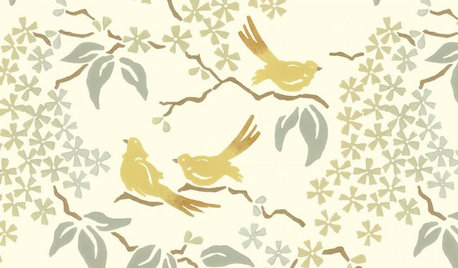
PRODUCT PICKSGuest Picks: Hello, Birdie
Go ahead and wing it. These bird-loving accessories, fabrics and art will give your nest a welcome whiff of spring
Full Story
GARDENING GUIDESGet on a Composting Kick (Hello, Free Fertilizer!)
Quit shelling out for pricey substitutes that aren’t even as good. Here’s how to give your soil the best while lightening your trash load
Full Story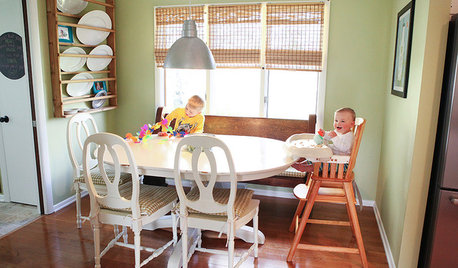
MOVINGSaying Goodbye to One Home and Hello to Another
Honor your past and embrace your future with these ideas for easing the transition during a move
Full Story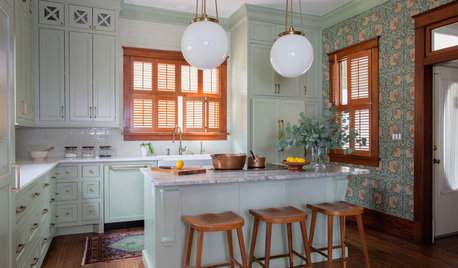
KITCHEN OF THE WEEKKitchen of the Week: Goodbye, Honey Oak — Hello, Minty Green
After more than 30 years, the Kloesels revamped their space to reflect their rural country town and Victorian-style home
Full Story
FARM YOUR YARDHello, Honey: Beekeeping Anywhere for Fun, Food and Good Deeds
We need pollinators, and they increasingly need us too. Here, why and how to be a bee friend
Full Story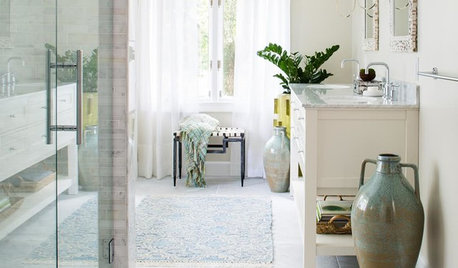
WHITERoom of the Day: Bye-Bye, Black Bidet — Hello, Classic Carrara
Neutral-colored materials combine with eclectic accessories to prepare a master bath for resale while adding personal style
Full Story
KITCHEN DESIGNGoodbye, Island. Hello, Kitchen Table
See why an ‘eat-in’ table can sometimes be a better choice for a kitchen than an island
Full Story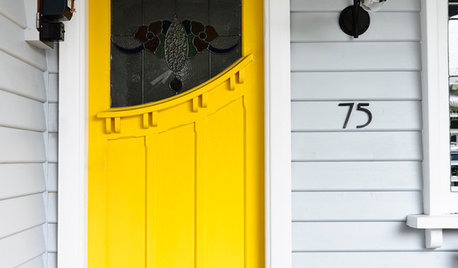
COLORSay Hello to Minion Yellow, Pantone’s Newest (and Happiest) Color
This Hollywood-inspired shade is anything but despicable. Here’s how to work the cheerful and cheeky color into your home
Full Story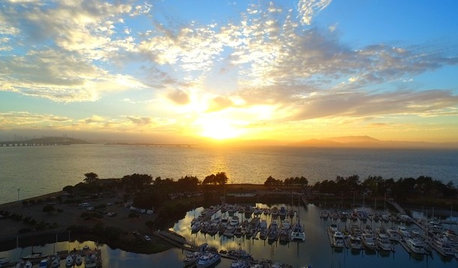
HOUZZ TVHouzz TV: Goodbye, Skyrocketing Rents; Hello, Waterfront Living
Tired of the congestion and high costs of San Francisco, this young techie bought a boat on the bay. See how she makes it her home
Full Story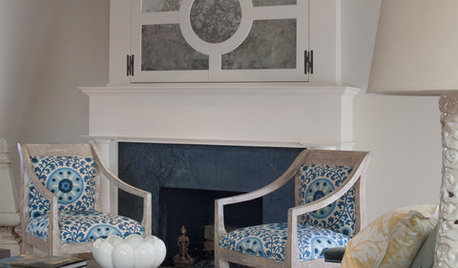
FIREPLACESGoodbye, TV — Hello, Fireplace
Hide the television above the fireplace with clever camouflage, so the focus will be right where you want it
Full StoryMore Discussions









buyorsell888
hallerlake
Related Professionals
Beachwood Landscape Contractors · Blue Springs Landscape Contractors · Concord Landscape Contractors · Cornelius Landscape Contractors · Englewood Landscape Contractors · Federal Way Landscape Contractors · Fort Wayne Landscape Contractors · Kearny Landscape Contractors · Nutley Landscape Contractors · Wentzville Landscape Contractors · Carlsbad Fence Contractors · Olive Branch Fence Contractors · Palmetto Fence Contractors · Parker Fence Contractors · East Palo Alto Fence ContractorsEmbothrium
dawiffOriginal Author
annukka
gardengal48 (PNW Z8/9)
hallerlake
hallerlake
George Three LLC
Embothrium
dawiffOriginal Author
Embothrium
hemnancy
dawiffOriginal Author
Embothrium
George Three LLC
Embothrium
George Three LLC
fairweather
botann
Embothrium
George Three LLC
gardengal48 (PNW Z8/9)
Embothrium
dawiffOriginal Author
dottyinduncan